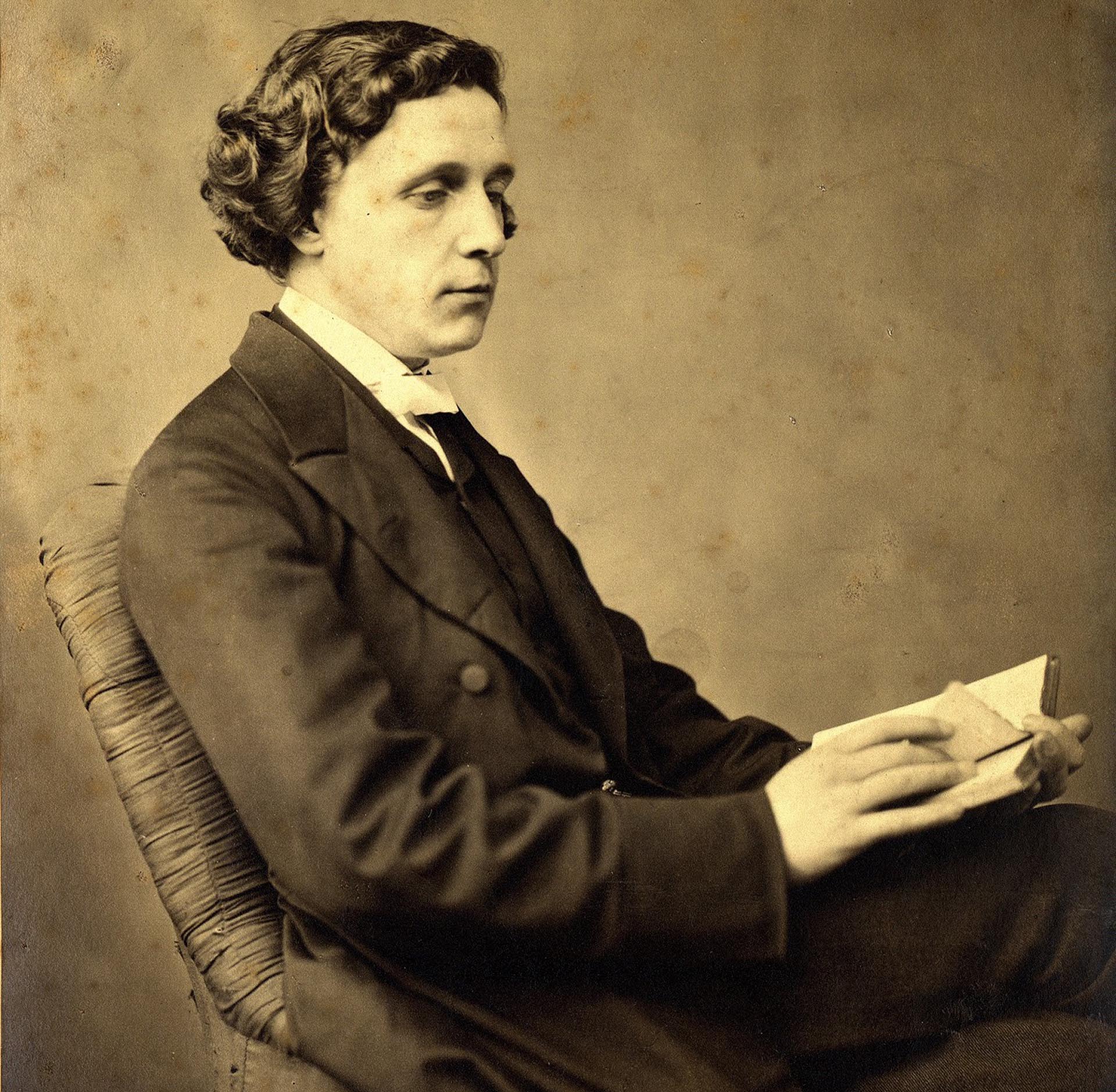
Tomorrow (January 27th) is the 177th birthday of one of my most favorite authors: Charles Lutwidge Dodgson, better known as Lewis Carroll. Besides being a brilliant writer Carroll was an accomplished mathematician and a logician. One of his favorite pastimes was writing and solving logic puzzles.
In honor of his birthday, we here at Meatball and Ravioli are going to make this week “Riddle Week.” Each day we’ll post a new riddle. Be sure to weigh in with what you think is the right answer. We’ll post answer a day or two after we give the riddle…we don’t want to make it too easy.
Riddle #1:
You walk into a room and see a man looking at a portrait on the wall. You ask him who the man in the painting is. He answers:
“Brothers and sisters have I none, but that man’s father is my father’s son.”
Who is the man in the painting?
7 comments:
Okay, Dad figured this one out. His answer is "it's you!".
Is he right?
"It's you?" Does he mean it's a portrait of Joseph A. Sinagra? Or does he mean that it's a portrait of yourself?
Either way...no, that's not the right answer.
Keep trying!
Didn't Dad give us this riddle to solve as kids? Well my answer is the speaker/person looking at the portrait/"that man" or however you want to word it.
Nope. Sorry Jeanna. Although that's, actually the most common wrong answer given.
my guess is that the person in the painting is the son of the man in the room looking at the painting and giving the riddle.
A remarkably large number of people arrive at the wrong answer that the man is looking at his own picture. They put themselves in the place of the man looking at the picture, and reason as follows: “Since I have no brothers or sisters, then my father’s son must be me. Therefore I am looking at a picture of myself.”
The first statement of this reasoning is absolutely correct; if I have neither brothers nor sisters, them my father’s son is indeed myself. But it doesn’t follow that “myself” is the answer to the problem. If the second clause of the problem had been, “this man is my father’s son,” then the answer to the problem would have been “myself.” But the problem didn’t say that; ir said “this man’s father is my father’s son.” From which it follows that this man’s father is myself (since my father’s son is myself). Since this man’s father is myself, then I am this man’s father, hence this man must be my son. Thus the correct answer to the problem us that the man is looking at a picture of his son.
If the skeptical reader is still not convinced (and I’m sure many of you are not!) it might help if you look at the matter a bit more graphically as follows:
(1)This man’s father is my father’s son.
Substituting the word “myself” for the more cumbersome phrase “my father’s son” we get
(2)This man’s father is myself.
Now are you convinced?
So in other words...Lisa was right! Good job Lisa!
Post a Comment